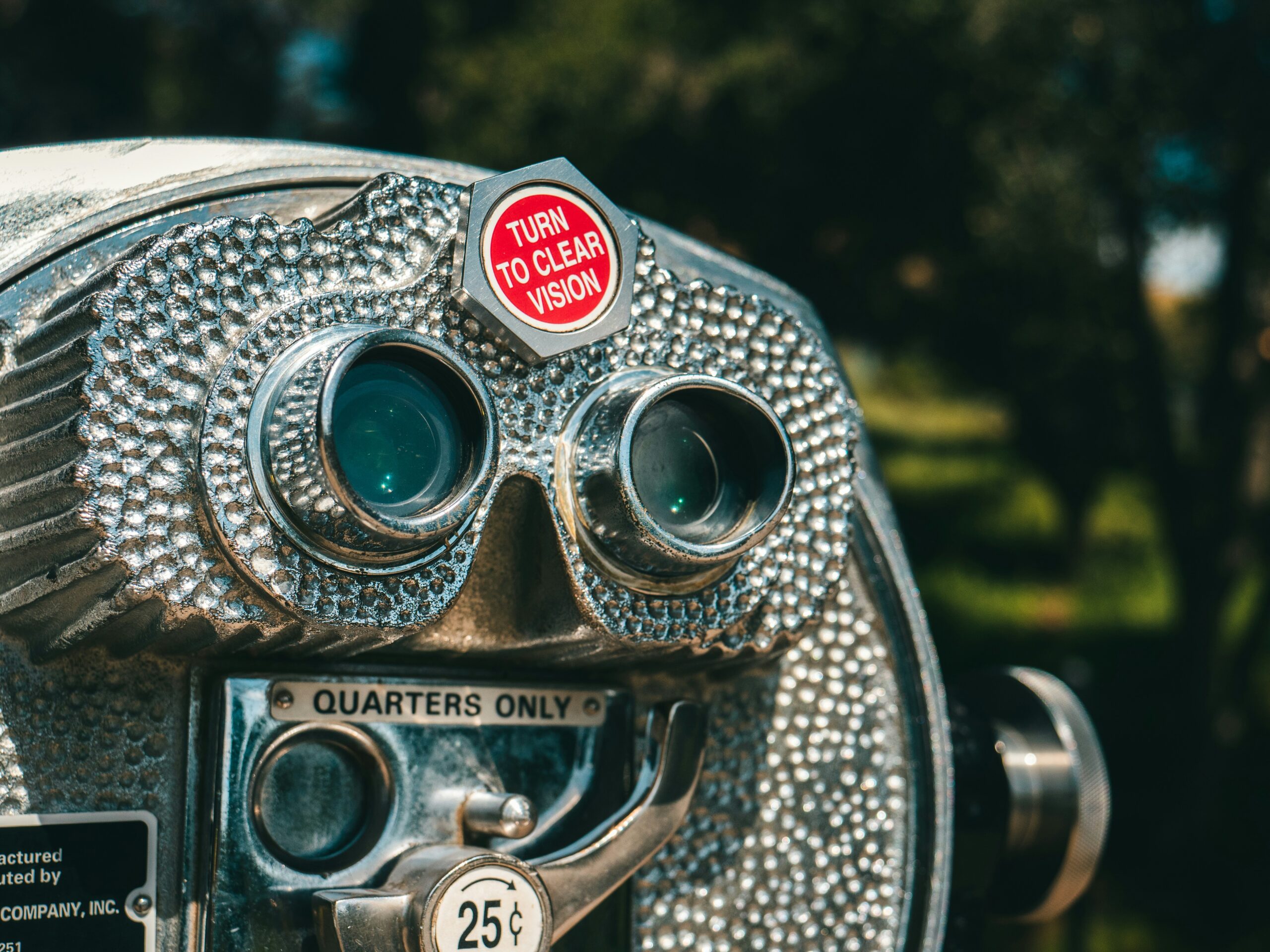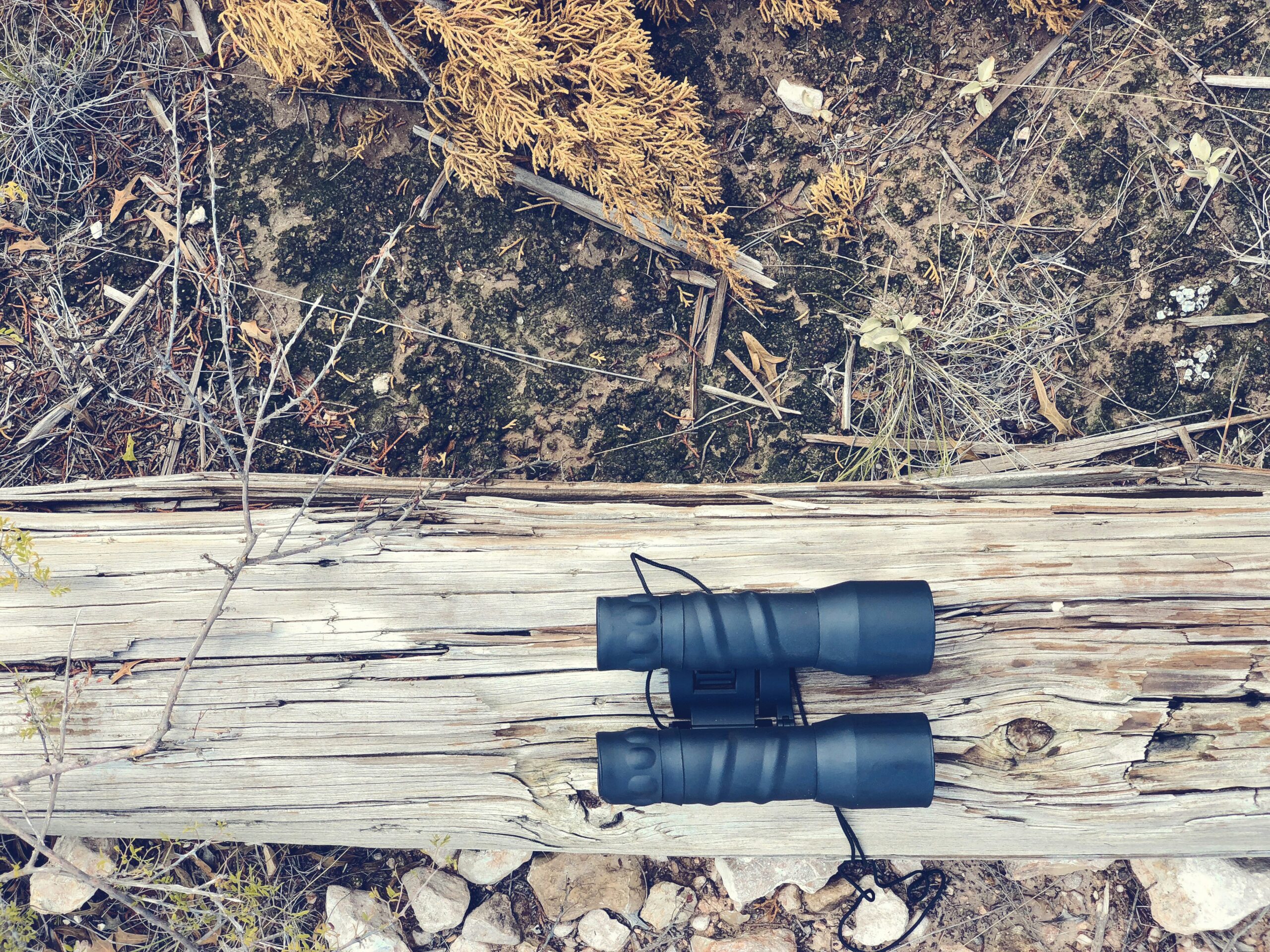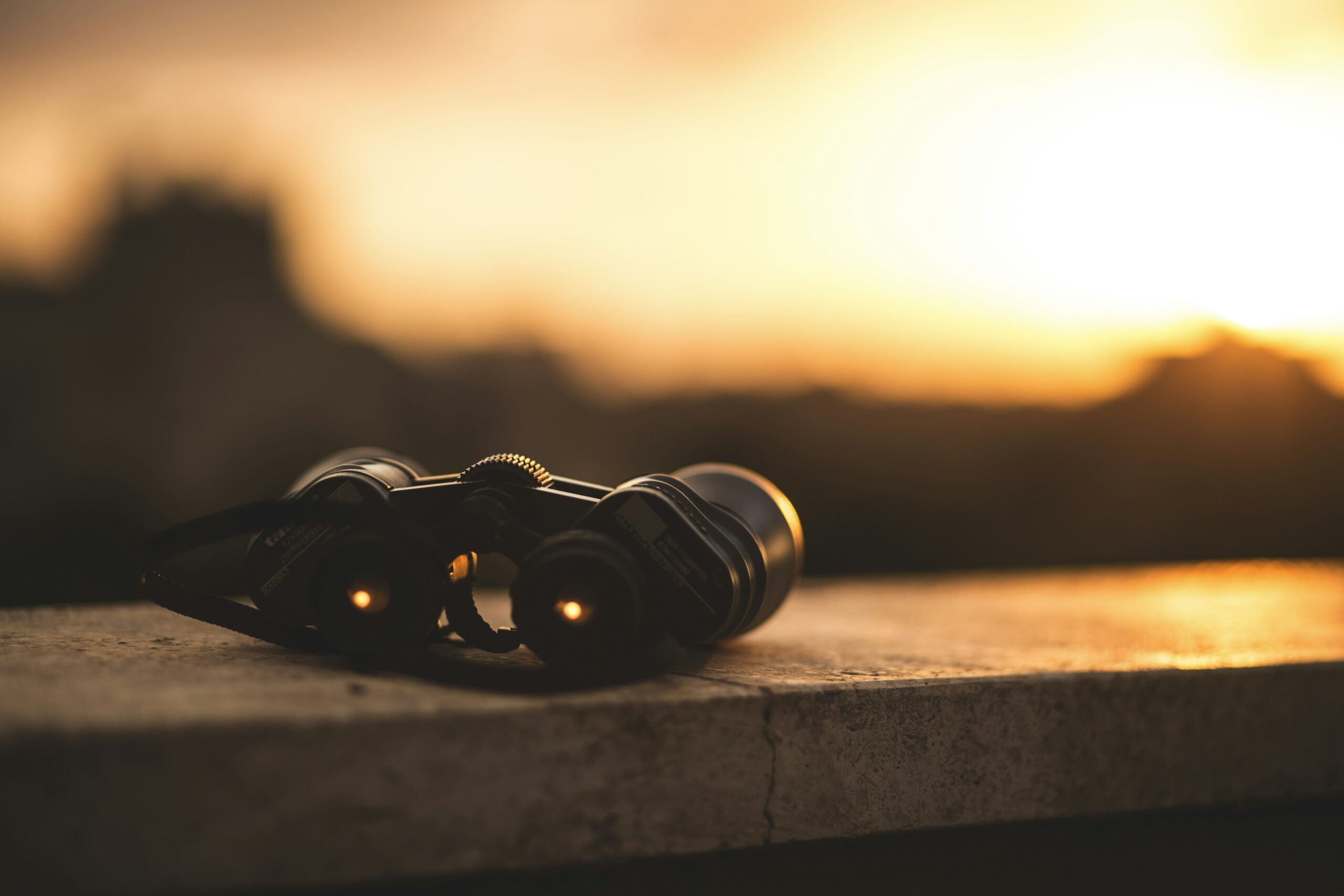Have you ever wondered why marine binoculars always seem to have that specific measurement of 7×50? Well, the answer lies in the unique needs of sailors and boaters out on the open water. The size and magnification power of 7×50 binoculars provide the perfect balance between stability, field of view, and low light performance. In this article, we will explore the reasons behind this industry-standard choice and how it enhances your marine adventures. Get ready to unlock the secrets behind the numbers and discover why 7×50 marine binoculars are a must-have for any seafaring enthusiast.

Understanding Marine Binoculars
Basics of binoculars
Binoculars are essential tools for marine enthusiasts and professionals alike. They are optical devices consisting of two parallel telescope-like tubes, allowing users to view distant objects with both eyes. Utilizing a system of lenses, binoculars provide a magnified and immersive viewing experience, enhancing the visibility of far-off objects on land or at sea.
Types of binoculars
There are various types of binoculars available in the market, each designed for specific purposes. However, marine binoculars possess distinct features that make them uniquely suitable for use at sea. These specialized binoculars are built to withstand the harsh conditions of marine environments, including exposure to water, fog, and salt. They are also typically equipped with specific functions and specifications that cater to the needs of mariners.
Special function of marine binoculars
Marine binoculars are engineered to meet the challenges faced by seafarers. They often include a built-in compass and range-finding reticle, allowing users to determine the bearing and distance of objects they observe. This is particularly useful for navigation purposes, enabling mariners to safely navigate through unfamiliar or hazardous waters. The durability and waterproofing features of marine binoculars make them reliable and versatile tools, ensuring their longevity and functionality in adverse weather conditions.
Function of Numbers in Binocular Specification – 7×50
Meaning of ‘7x’ in the specification
The numbers used in binocular specifications provide crucial information about their capabilities. In the case of marine binoculars, the ‘7x’ refers to the magnification power. A magnification power of 7x means that the viewed image appears seven times larger than it would with the naked eye. This level of magnification strikes a balance between providing a closer view of objects while still maintaining a wide field of view, which is essential in marine settings.
Definition of ’50’ in the specification
The ’50’ in the binocular specification represents the diameter of the objective lens, typically measured in millimeters. The objective lens is the larger lens at the front of the binoculars, responsible for gathering light and forming the initial image. In the case of marine binoculars, a 50mm objective lens diameter allows for optimal light transmission, ensuring brighter and clearer images in various lighting conditions.
Interrelation of the numbers
The numbers in the binocular specification are interconnected and influence each other’s performance. The combination of 7x magnification and a 50mm objective lens diameter in marine binoculars ensures a delicate balance between magnification power and light gathering capability. This harmonious interrelation allows for a comfortable viewing experience, stable images, and exceptional visibility even under challenging marine conditions.
Importance of Magnification in Marine Binoculars
Why 7x magnification is preferred on sea
The choice of 7x magnification as the standard for marine binoculars stems from the specific requirements of seafaring. A moderate magnification power of 7x strikes a balance between providing sufficient image enlargement while minimizing image shakiness caused by the motion of waves or a moving vessel. This stability is essential for navigational purposes, enabling mariners to accurately identify navigational markers, other vessels, and potential hazards.
Effects of higher magnification
While high-magnification binoculars may seem appealing, especially for distant observations, they can be challenging to use effectively in a marine environment. Higher magnification amplifies any movement or vibration, making it difficult to maintain a steady image while on a boat or in rough waters. Additionally, higher magnification narrows the field of view, limiting the area that can be observed at any given time. This can hinder situational awareness and compromise safety.
Effects of lower magnification
On the other hand, binoculars with lower magnification may provide a wider field of view and greater image stability but might not offer the desired level of detail. While they can be suitable for some marine activities, such as scanning the horizon for large objects or landmarks, they may limit the ability to clearly identify smaller objects or read fine details necessary for navigation. It is essential to strike a balance between magnification and stability for optimal marine binocular performance.
Importance of Objective Lens Diameter
Function of the 50mm diameter
The objective lens diameter is a crucial specification that significantly influences the performance of marine binoculars. A 50mm objective lens diameter allows a larger amount of light to enter the binoculars, resulting in brighter and clearer images. This is particularly valuable in marine environments where lighting conditions can vary, such as during sunrise, sunset, or overcast weather. The larger diameter enhances the binoculars’ ability to gather available light, ensuring optimal visibility even in low light situations.
Impact of a larger diameter
A larger objective lens diameter offers several advantages in marine binoculars. Firstly, it allows more light to pass through, resulting in brighter images. This is particularly beneficial in dim environments or during periods of low visibility. Secondly, a larger objective lens diameter can enhance the depth of field, allowing for a better focus on objects at varying distances. Lastly, a wider objective lens diameter can aid in the identification of smaller or finer details, which is crucial for navigation and spotting potential hazards.
Impact of a smaller diameter
In contrast, binoculars with a smaller objective lens diameter may still provide satisfactory performance in well-lit conditions. However, these smaller lenses limit the amount of light entering the binoculars, potentially leading to darker and less detailed images. In marine environments where lighting conditions are often unpredictable and dynamic, the limitations imposed by a smaller objective lens diameter may hinder visibility and compromise safety.

Effect on Field of View
How the 7×50 configuration affects field of view
The 7×50 configuration combines a moderate magnification power of 7x with a 50mm objective lens diameter, resulting in an optimal field of view for marine binoculars. A wider field of view allows users to observe a larger area, making it easier to scan the horizon, track moving objects, and maintain situational awareness. This is particularly crucial in marine settings where constant monitoring of the surroundings is vital for navigation, collision avoidance, and spotting potential dangers like floating debris or submerged hazards.
Comparison with other configurations
When comparing the field of view of different binocular configurations, higher magnification powers tend to narrow the field of view, limiting the area that can be seen at any given time. Conversely, lower magnifications usually provide wider fields of view, but they might compromise the level of detail and image enlargement necessary for marine applications. The 7×50 configuration strikes a balance by offering a comfortable level of magnification while maintaining an adequate field of view, ensuring both stability and visibility.
Value of a wide field of view in marine settings
A wide field of view is of utmost importance in marine environments due to the constant motion and unpredictable nature of the sea. It enables mariners to quickly assess their surroundings, monitor multiple objects simultaneously, and detect any changes or potential hazards. A narrow field of view can limit situational awareness, making it difficult to spot smaller or fast-moving targets. For mariners, a wide field of view provided by the 7×50 configuration is essential for safe and efficient navigation.
Brightness and Image Clarity
How 7×50 configuration contributes to brightness
The 7×50 configuration with a 50mm objective lens diameter enhances the brightness of the viewed image in marine binoculars. The larger objective lens allows more light to enter the binoculars, resulting in brighter and more vivid images, particularly in low-light conditions. This improved brightness is essential for mariners, as it ensures optimal visibility during dawn, dusk, or in overcast weather conditions, where light may be limited.
Correlation between objective lens size and light gathering capability
The size of the objective lens directly impacts the amount of light that can enter the binoculars. A larger objective lens diameter, such as the 50mm in the 7×50 configuration, allows for a greater amount of available light to be gathered. As a result, more light reaches the eyes, resulting in brighter images and improved visibility. This correlation between objective lens size and light gathering capability is crucial in marine environments, where lighting conditions can be variable and challenging.
How brightness affects overall image clarity
Brightness plays a significant role in determining the clarity and detail visible through marine binoculars. Brighter images provide better contrast, making it easier to distinguish between different objects and their features. This is especially important in marine settings, where the ability to identify navigational markers, buoys, or potential hazards can be critical to safety. The 7×50 configuration, with its emphasis on brightness through a larger objective lens, ensures excellent image clarity and facilitates precise observations.

Stability of Image on Water
Importance of image stability on water
Image stability is crucial when using binoculars on water. The constant motion of the sea, whether due to waves or the movement of a vessel, can lead to image shakiness, making it challenging to focus and clearly observe objects. The stability of the image is vital for mariners to accurately identify navigational aids, other vessels, and potential hazards. It significantly contributes to safe navigation, collision avoidance, and efficient decision-making on water.
How 7×50 configuration enhances stability
The 7×50 configuration strikes a balance between magnification and stability, making it well-suited for use on water. While higher magnification can amplify image shake caused by motion, the 7x magnification power in this configuration offers a stable viewing experience while still providing sufficient image enlargement. Moreover, the 50mm objective lens diameter allows for increased light gathering, resulting in brighter images that aid in better visualizing and stabilizing the observed objects, even on a moving platform.
Comparison with other configurations
When compared to higher magnification binoculars, the 7×50 configuration tends to offer better stability on water. Higher magnification can make image shakiness more apparent, potentially compromising the ability to maintain a clear and steady view of the surroundings. Lower magnification binoculars may provide even greater stability, but they may lack the desired level of image enlargement necessary for navigation. The 7×50 configuration strikes a balance between stability and magnification, providing a reliable tool for mariners.
Weight and Size Considerations
How 7×50 configuration affects binocular size
The 7×50 configuration, while offering excellent performance, is often associated with larger and heavier binoculars. The 50mm objective lens diameter, combined with the internal components required for optimal performance, contributes to the overall size and weight of the binoculars. While the larger size may limit portability to some extent, the benefits associated with this configuration often outweigh the weight and size considerations for marine users.
Importance of manageable weight in marine settings
Marine environments often require mariners to carry essential equipment and navigate in various conditions. Therefore, the weight of binoculars can be a significant concern. While larger and heavier binoculars may pose challenges in terms of portability or extended use, the 7×50 configuration strikes a balance between performance and weight. The benefits provided by the larger objective lens and magnification power make the manageable weight a worthwhile trade-off for marine applications.
Compromise between performance and portability
Selecting the right binoculars involves finding a compromise between performance and portability. While smaller and lighter binoculars may be suitable for certain situations, they may lack the desired specifications needed for marine use. The 7×50 configuration offers an optimal balance between the size, weight, and performance necessary for marine applications. It ensures users can enjoy enhanced visibility, stability, and image quality while still providing a reasonably manageable and versatile tool at sea.
Suitability for Low Light Conditions
Advantage of 7×50 in sunrise, sunset, or cloudy situations
Marine environments often present low light conditions during sunrise, sunset, or when weather conditions are overcast. In these situations, the larger objective lens diameter and 7x magnification of the 7×50 configuration offer a significant advantage. The larger diameter allows more light to enter the binoculars, resulting in brighter and clearer images despite the low light. This makes the 7×50 configuration ideal for mariners who rely on their binoculars during periods of reduced visibility.
How configuration affects low light performance
The 7×50 configuration excels in low light performance due to its optimal combination of magnification and objective lens diameter. The moderate 7x magnification allows for light transmission without excessive image shakiness, while the 50mm objective lens gathers more available light. This increased light gathering capability allows the binoculars to deliver brighter images, ensuring that crucial details and landmarks remain visible in low light conditions. This aspect is particularly valuable in marine environments where visibility is imperative for safety.
Importance of low light visibility in marine environments
Low light visibility is of utmost importance in marine environments, where conditions can change rapidly and visibility can be compromised. Mariners rely on binoculars to spot navigational markers, detect other vessels, and identify potential hazards, even in low light situations. The 7×50 configuration, with its ability to maintain image brightness and clarity in dim lighting, offers an invaluable advantage for mariners navigating during dawn, dusk, or challenging weather conditions.
Choosing the Right Binoculars for Your Needs
Consideration of other specifications
While the 7×50 configuration offers numerous advantages for marine use, it is essential to consider other specifications that may be relevant to individual needs. Factors such as waterproofing, durability, ease of use, and additional features like a built-in compass or range-finding reticle should be evaluated based on personal preferences and specific requirements. It is important to find binoculars that align with your needs and offer the desired features and functionalities beyond just the 7×50 configuration.
Adaptability to personal requirements
When selecting marine binoculars, consider your specific usage scenarios and unique requirements. If you primarily focus on marine navigation, the 7×50 configuration is an excellent choice due to its stability and visibility in various conditions. However, if your needs lean more towards wildlife observation or long-range observations, you may benefit from different configurations or additional features specific to those activities. Assessing your individual needs will help determine which binoculars will provide the most value and enhance your overall experience.
Affirmation of benefits of 7×50 for marine usage
In conclusion, the 7×50 configuration has proven to be highly advantageous for marine use. Its combination of a moderate magnification power and a larger objective lens diameter strikes a balance that ensures stability, brightness, and a wide field of view. The 7×50 configuration excels in various marine conditions, providing enhanced visibility, image clarity, and low-light performance. While other specifications and personal preferences should be considered, the benefits associated with the 7×50 configuration make it an ideal choice for marine enthusiasts and professionals alike. So, whether you are navigating the high seas or exploring the coastal wonders, the 7×50 marine binoculars will be your reliable and indispensable companion.
